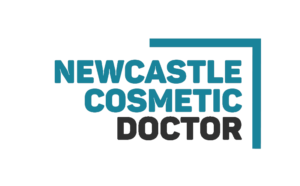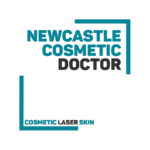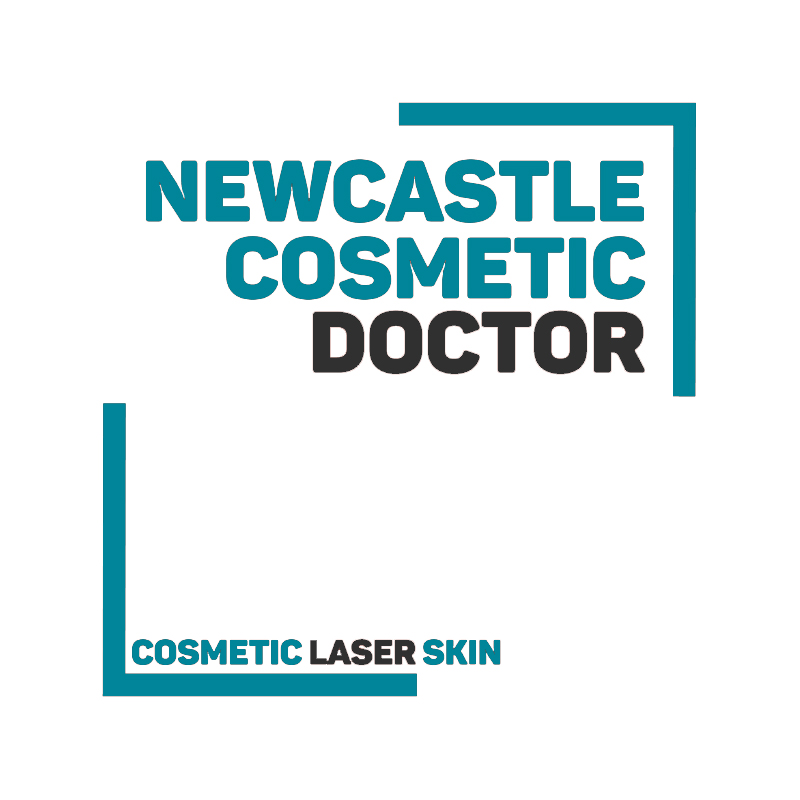Applicability: NCD medical staff authorised for injectables
1. Purpose and Regulatory Basis
This manual governs injectable skin boosters and bioremodelling agents at NCD, defining safe patient selection, consent, aseptic preparation, technique, post-care and escalation. It integrates AHPRA/MBA cosmetic guidelines, TGA/ARTG verification, NSW Poisons obligations and NSQHS safety standards. 1 2 3 4 5 6
It applies to hyaluronic-acid skin boosters, PDRN/salmon-DNA injectables, peptide/amino-acid injectables and collagen biostimulators where legally available and ARTG-listed. Products lacking valid Australian approvals must not be used. 3 7 5 6
2. ARTG Verification, Sponsorship and Import Controls
Verify each product’s ARTG inclusion (device/biological), intended purpose and sponsor responsibilities before procurement. Keep copies of ARTG entries in the Product Dossier. Reject samples not intended for human use or lacking ARTG status. 3 4 5
Do not use imported biologicals that are not approved in Australia. Maintain a standing checklist at every restock: ARTG ID, sponsor, batch/expiry, cold-chain requirements and recall notices. 3 4 6 7
3. Roles, Credentialing and Training
Responsible Medical Practitioner oversees indication selection, consent, prescription, asepsis and complication management, and audits outcomes. Injectors must hold current AHPRA registration, demonstrate product-specific training and annual competency sign-off. 1 2 7
All clinical staff participate in emergency drills for anaphylaxis and, where applicable, vascular occlusion response for HA products. 7
4. Patient Assessment and Contraindications
Obtain medical history (allergies, autoimmune disease, keloid tendency, coagulopathy, medications), pregnancy/lactation, prior injectables or threads, and infection risk. Examine for active dermatitis/infection at site and map vasculature landmarks relevant to planned areas. 1 7 8
Contraindications: active infection, known hypersensitivity to constituents. Relative: anticoagulation, autoimmune disease, prior severe PIH/PIE, recent ablative procedures, unrealistic expectations or psychological risk. Document risk–benefit and mitigation steps. 1 7
5. Informed Consent and Patient Communication
Discuss indication, benefits and limits, alternatives (including no treatment), and specific risks: bruising, swelling, pain, nodules, infection/biofilm, delayed hypersensitivity, granuloma, PIH/PIE, scarring, and vascular compromise (site-dependent). 1 5 7 9
Provide written aftercare and red-flag instructions with urgent contacts. Ensure patients have adequate time to consider. Obtain consent for photographs and handling of health information according to OAIC. 1 10
6. Preparation and Aseptic Setup
Perform hand hygiene; prepare the skin with alcohol-based chlorhexidine (unless contraindicated); use sterile disposables and maintain a clean field. Maintain sharps safety and waste segregation. Check batch/expiry and record lot numbers. 7 11
Emergency readiness: anaphylaxis kit; for HA products, ensure availability of hyaluronidase per clinic protocol; define escalation pathway to emergency services. 7
7. Technique Overview (By Modality)
HA skin boosters: micro-aliquots in the superficial to mid-dermis, slow injection, low plunger pressure, constant cannula/needle awareness and aspiration where appropriate. Avoid intravascular injection; observe for blanching or severe pain. 9 7
PDRN/salmon DNA injectables: adhere strictly to sponsor IFU and approved indications; do not use non-approved imports. Monitor for hypersensitivity; start conservatively in new patients. 11 3 4
Peptide/AA injectables: confirm ARTG status; monitor for local reactions; document dilution/volumes and site mapping. 3 7
8. Post-Care and Follow-Up
Advise cold compresses, gentle hygiene, avoidance of makeup for 12–24 hours and no strenuous exercise or sauna the day of treatment. Schedule a check-in within 1–2 weeks and earlier if red flags occur. 7 9
Red flags: severe pain, livedo or colour change, vision disturbance, rapidly enlarging swelling, fever, or pustules—activate emergency/occlusion protocol and arrange urgent medical review. 1 7
9. Adverse Events, Escalation and Reporting
Suspected infection: culture where possible; initiate evidence-based therapy; consider surgical opinion for abscess. Biofilm/nodules may require multi-modal management. Hypersensitivity/granuloma: evaluate and manage per guidelines; schedule serial review. 7 11
Report serious adverse events via TGA channels; maintain an internal incident register with CAPA and governance review at clinical meetings. 3 7
10. Documentation, Traceability and Privacy
Record consent, batch/lot, volumes, injection maps, technique, aftercare provided and follow-up outcomes. Store photographs securely with role-based access; retain records per statutory requirements. 8 7
All advertising or social media referencing injectables must be pre-approved for compliance with the Therapeutic Goods Advertising Code and AHPRA guidance; no testimonials. 5 1
11. Stock, Cold Chain and Recall
Maintain storage conditions per label; log fridge temperatures where required; quarantine out-of-spec stock; enable batch traceability. Test recall procedure annually. 7 3
12. Training, Audit and Continuous Improvement
Annual competency review for injectors; simulation of emergency responses; quarterly audit of documentation, consent quality, ARTG verification and advertising materials; report findings with corrective actions. 1 7
Sources
- Medical Board of Australia. Cosmetic medical and surgical procedures – Guidelines (2025). https://www.medicalboard.gov.au/ ↩︎
- AHPRA. Professional obligations & scope of practice. https://www.ahpra.gov.au/ ↩︎
- TGA. Australian Register of Therapeutic Goods (ARTG) & devices framework. https://www.tga.gov.au/ ↩︎
- TGA. Australian biologicals framework (ARG-B). https://www.tga.gov.au/resources/resource/guidance/australian-regulatory-guidelines-biologicals-argb ↩︎
- Therapeutic Goods Advertising Code (2021) – Guidance. https://www.tga.gov.au/resources/resource/guidance/therapeutic-goods-advertising-code-2021-guidance ↩︎
- NSW Health. Poisons & Therapeutic Goods Regulation – possession & administration. https://www.health.nsw.gov.au/pharmaceutical/Pages/default.aspx ↩︎
- ACSQHC. NSQHS – Medication Safety; Clinical Governance; Communicating for Safety. https://www.safetyandquality.gov.au/standards/nsqhs-standards ↩︎
- OAIC. Guide to health privacy. https://www.oaic.gov.au/privacy/ ↩︎
- PubMed. HA skin boosters—tissue hydration and dermal quality literature. https://pubmed.ncbi.nlm.nih.gov/32520038/ ↩︎
- PubMed. PDRN/salmon DNA injectables—safety and clinical applications review. https://pubmed.ncbi.nlm.nih.gov/32020985/ ↩︎
- NHMRC. Infection prevention evidence and standards. https://www.nhmrc.gov.au/ ↩︎


